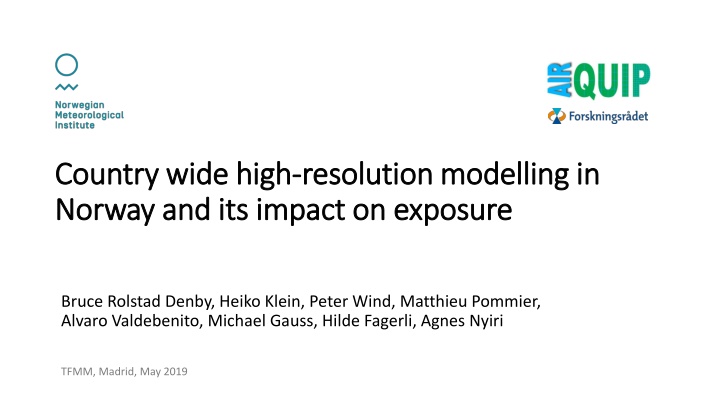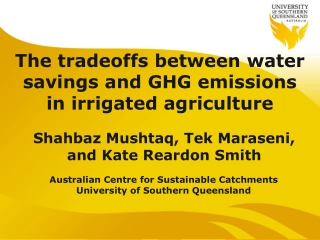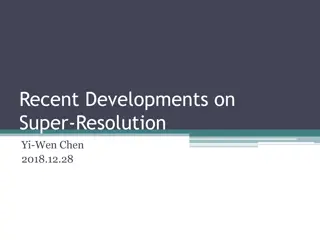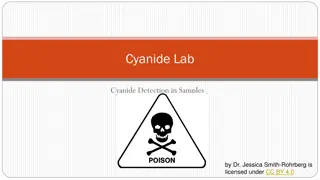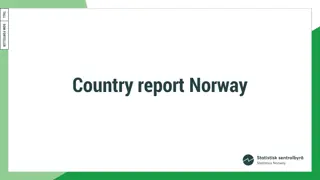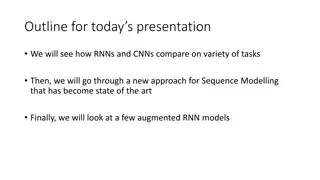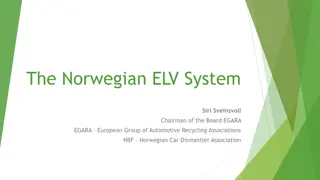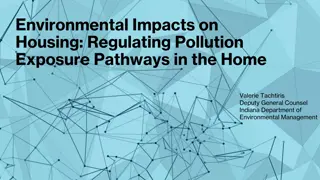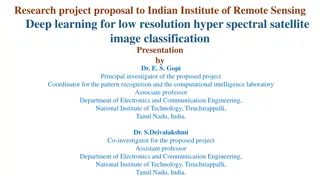High-Resolution Modelling in Norway and its Impact on Exposure
This content discusses high-resolution modelling in Norway using the uEMEP model, which calculates important emission sources such as traffic exhaust, non-exhaust, shipping, residential wood burning, and industrial emissions. The modelling system combines uEMEP sub-grids with EMEP grids to assess exposure levels and predict air quality. The uEMEP model is based on Gaussian plume modelling and includes both local and non-local sources for accurate dispersion analysis.
Download Presentation

Please find below an Image/Link to download the presentation.
The content on the website is provided AS IS for your information and personal use only. It may not be sold, licensed, or shared on other websites without obtaining consent from the author.If you encounter any issues during the download, it is possible that the publisher has removed the file from their server.
You are allowed to download the files provided on this website for personal or commercial use, subject to the condition that they are used lawfully. All files are the property of their respective owners.
The content on the website is provided AS IS for your information and personal use only. It may not be sold, licensed, or shared on other websites without obtaining consent from the author.
E N D
Presentation Transcript
Country Country wide high wide high- -resolution modelling in resolution modelling in Norway and its impact on Norway and its impact on exposure exposure Bruce Rolstad Denby, Heiko Klein, Peter Wind, Matthieu Pommier, Alvaro Valdebenito, Michael Gauss, Hilde Fagerli, Agnes Nyiri TFMM, Madrid, May 2019
Overview Overview of of the the modelling modelling system system 250 m 2.5 km 50 m EMEP4NO uEMEP EMEP Europe Local emissions ECMWF global meteorology AROME meteorology CAMS European emissions
The The uEMEP uEMEP model model uEMEP is based on Gaussian plume modelling It places emissions into sub-grids and calculates each sub-grid emission contribution to all other sub-grids within a 10 x 10 km2 region Sub-grids are 100 m for this application Sources are calculated separately A chemistry scheme is used only for NOx/O3/NO2 uEMEP sub-grid concentrations are combined with EMEP grid concentrations in a special way to include local and non-local sources and avoid double counting
How How uEMEP uEMEP sub sub- -grids are combined with EMEP grids grids are combined with EMEP grids uEMEP sub-grid (100 m) Sub-grid emission Dispersion uEMEP sub-grid Non-local Local Combine local sub-grid with nonlocal EMEP Local Non-local Non-local EMEP grid (2.5 km) EMEP grid concentration Local fraction EMEP
Emissions in Emissions in uEMEP uEMEP uEMEP calculates the most important emissions sources in Norway for high resolution modelling. These are: Traffic exhaust (per road segment) Traffic non-exhaust (road, tyre, brake wear, sand and salt) Shipping emissions (250 m grid) Residential wood burning emissions (250 m) Industrial emissions (per industry) All other source sector contributions are calculated on the larger scale using EMEP
Example forecast map Direct link to web site luftkvalitet.miljostatus.no Direct link to maps luftkvalitet.miljostatus.no/kart/59/10/5/aqi
Model region and measurements: Model region and measurements: 70 million model calculation points in Norway 72 measurement stations in Norway
Forecast maps NO Forecast maps NO2 2: :mostly from traffic mostly from traffic 8:00 pm 08.02.2019
Comparison of Comparison of uEMEP annual mean scatter plots annual mean scatter plots uEMEP (25 m) and EMEP4NO 2017: (25 m) and EMEP4NO 2017: PM10 NO2 PM2.5
Exposure Exposure calculations calculations EMEP4NO is run for a year at 2.5 km (2017) uEMEP is run per municipality (422) for a year and combined with EMEP4NO using the local fraction at 100 m resolution Home address data, aggregated to 100 m, is used for the exposure calculations Frequency distribution of exposure and population weighted concentration (PWC) are calculated for both EMEP4NO and uEMEP We look at PM10, PM2.5and NO2
Exposure calculations using uEMEP in Oslo (50 m) PM10 PM2.5 NO2
PM10exposure 2017 Norway: Total population Norway = 5.3 million Population above WHO guideline value = 4894 Population weighted concentration = 8.5 g/m3
PM10exposure 2017 Norway: uEMEP (100m) and EMEP4NO (2.5km) Population above WHO guideline value = 4894 Population weighted concentration = 8.5 g/m3 Population above guideline value = 0 Population weighted concentration = 6.4 g/m3
PM2.5exposure 2017 Norway: Total population Norway = 5.3 million Population above WHO guideline value = 43719 Population weighted concentration = 4.4 g/m3
PM2.5exposure 2017 Norway: uEMEP (100m) and EMEP4NO (2.5km) Population above WHO guideline value = 43719 Population weighted concentration = 4.4 g/m3 Population above WHO guideline value = 0 Population weighted concentration = 3.1 g/m3
NO2exposure 2017 Norway: Total population Norway = 5.3 million Population above WHO guideline value = 4022 Population weighted concentration = 8.3 g/m3
NO2exposure 2017 Norway: uEMEP (100m) and EMEP4NO (2.5km) Population above WHO guideline value = 4002 Population weighted concentration = 8.3 g/m3 Population above WHO guideline value = 0 Population weighted concentration = 4.7 g/m3
Summary modelling Summary modelling uEMEP extends the modelling capabilities of the EMEP model from global scales down to very local scales It is now implemented in all of Norway for air quality forecasting and assessment It has been verified against all available measurement data for several years Calculated concentrations at measurement sites with uEMEP are significantly higher than calculations with EMEP at 2.5 km
Summary exposure Summary exposure In Norway high resolution exposure calculations give 35% higher population weighted concentrations for PM and 90% higher for NO2, compared to EMEP at 2.5 km High resolution exposure calculations for Norway show significantly higher exposure levels for a small portion of the population, compared to EMEP at 2.5 km Given strategic efforts to gather detailed emission data then high resolution exposure calculations are possible for all of Europe This will remove the need for urban deltas and statistical downscaling methods
Representativeness of monitoring sites for population exposure
Source contributions to PM 2017: Source contributions to PM 2017: representativeness of measurement sites for exposure representativeness of measurement sites for exposure
PM10exposure 2017 Norway: Total population Norway = 5.3 million Population above WHO guidline value = 4894 Population weighted concentration = 8.5 g/m3
PM10exposure 2017 Norway: 50% reduction in non-exhaust emissions Population above WHO guidline value = 474 Population weighted concentration = 8.2 g/m3
PM10exposure 2017 Norway: 50% reduction in residential heating emissions Population above WHO guidline value = 3891 Population weighted concentration = 7.8 g/m3
V Validation NO alidation NO2 2 2017: mean all stations, daily mean time series mean all stations, daily mean time series 2017:
V Validation PM alidation PM10 mean all stations, daily mean time series mean all stations, daily mean time series 10 2017: 2017:
V Validation PM alidation PM2.5 2.5 2017: 2017: mean all stations, daily mean mean all stations, daily mean
Forecast maps PM Forecast maps PM2.5 2.5: : mostly from wood burning mostly from wood burning 8:00 pm 08.02.2019
